The Best Way to Grow Garlic Organically. No dig gardening tips.
Garlic is one of the easiest crops you can grow and perfect for a beginner gardeners. It’s also a crop that grows over winter and throughout the spring so will not take room from your summer crops.
Like with everything we all want to know how to not just grow garlic but how to grow the best garlic possible, and the answer to that I believe is by growing garlic in no dig soil.
Remember that if stored right garlic will last up to a year, meaning you may be able to grow enough garlic to never have to buy another clove of garlic again. Read to the end to find the best way to store your garlic.
Growing garlic organically is one of the simplest ways because it means no extra intervention from us. By adopting no-dig principles and letting a healthy ecosystem thrive in our growing space all of the nutrients and pest control is already provided for us. Simply plant your garlic in October and harvest in late June. Then store your garlic by curing and hanging it to use it all year round.
should i Grow garlic outdoors or in a greenhouse?
In the UK garlic can be grown both outdoors or undercover in a polytunnel or greenhouse. The benefit of growing under cover is that your garlic is protected from developing rust. Rust won’t completely kill your garlic crops but is likely to stunt it’s growth a little.
How to plant garlic
Plant mid-September until Christmas: The earlier you plant your garlic out the better, giving it a head start and more cold exposure to ensure the cloves form nicely. I always aim to plant sometime in october. You can plant as late as Christmas and even early January and still get a harvest come June or slightly later but you may not get as quiet a bontiful harvest.
Plant into no-dig soil: If you can spread some compost or manure over the garlic bed before you plant your garlic. This doesn’t need to be dug in in no-dig gardening and will improve the soil structure as well as the drainage, moisture retention, and overall health of your garlic plants. This should be the only care you need to give to your garlic. No fertilizers or pesticides are needed. No-dig soil will have all the nutrition and moisture your garlic plants need.
READ: “Is no dig gardening worth it?”
Choose the biggest bulbs: Every year I save the biggest and best-looking bulbs to plant out. It’s like your natural selection, choosing the best from last year in the hope they grow the best bulbs next year. If you buy garlic bulbs or cloves to plant try and select the best-looking ones still.
Separate the cloves and plant: Dig a small hole, I use a Hori Hori knife or a large stick to push a hole in the ground, these methods reduce the disturbance to the soil while planting. Plant roughly 3-4cm down and roughly 15cm apart. No need to remove the skin but make sure you plant them with the pointy end up.
Water in: If the ground is dry give them a good water, unless your planting after a week of rain like I was this year in which the ground was wet enough. This is the only time you should need to water your garlic before the summer, IF you even need to do it then.
Caring for your garlic plants
Once planted your garlic plants should need very little care. Growing in No-Dig soil will mean you should have a healthy eco-system in the soil to feed your plants. No-dig also means the soil will have good drainage as well as holding enough moisture to feed the plant.
The only time you would need to water your garlic plants is if we have a particularly dry spring and you find that the ground is very dry even when you dig down a little. In this case, give the ground one big soaking, and then monitor again after a week or two.
READ: "Can I water less in no-dig soil?”
Weed around your garlic plants, especially if like me you have a plot with lots of invasive perennial weeds. Failure to keep somewhat on top of the weeds could mean the weeds take over your garlic plants and stunt their growth.
Harvesting Garlic
You’ll know your garlic is ready to harvest when the leaves start to yellow and in the case of soft-neck garlic the leaves flop to the ground a little. In the UK this happens around midsummer’s day (21st June). This is when I usually aim to harvest.
Don’t leave them too long as garlic harvested too late will not store as well.
Storing Garlic
Leave in the sun for a couple of days, more than this can lead to a bit of deterioration in the bulbs. Then bring them under cover to dry out fully. This curing process takes around 4 weeks. You’ll then see the leaves are nice and dry ready for hanging or plaiting.
Leave as much of the tops on as possible when curing. This will help it to keep ripening.
Hang somewhere dry indoors. Its favorite spot is likely to be your kitchen. This also acts as a nice decoration for your kitchen to give it French country vibes. Or so I think.
What type of garlic to grow
Both soft and hard-neck garlic will grow well in the UK’s temperate climate, though there are factors to consider when deciding which one to choose.
Soft neck harvests earlier. This is important for me as I want to clear the garlic beds as soon as possible to enable to me plant out summer crops.
Hard-neck garlic needs a long spell (at least 40 days) of cold temperatures. This means if planting in the UK you’ll need to plant it out as early as possible (October is best) to ensure it gets enough cold exposure. That also means it is more suited to more northern areas of the UK that get more frosts.
Soft-neck garlic is often considered more challenging to grow because in the UK because it is more susceptible to rot in wet conditions. However, this can be managed easily with no-dig gardening because no-dig promotes healthy soil structure creating good drainage, making it much easier to grow in the UK climate.
Hardneck garlic will form scapes in early summer, most likely a month or so before it is ready to harvest. It’s a good idea to pick these scapes off to ensure a better harvest of garlic. A bonus to this is that the scapes can be used in cooking and are very tasty.
Soft-neck garlic is the more popular choice for many kitchen gardeners because it stores for a longer period and forms more cloves. While hardneck is often the choice of chefs who believe it has a deeper flavor.
The best soft-neck garlic varieties to grow in the UK
Early Purple Wight (Allium sativum): Early Purple Wight is a softneck garlic variety that performs well in the UK. It produces attractive, medium-sized bulbs with a mild and sweet flavor.
Picardy Wight (Allium sativum): Picardy Wight is another softneck variety that's well-suited for the UK climate. It offers a mild, creamy flavor and good storage potential.
Solent Wight (Allium sativum): Solent Wight garlic produces large bulbs with a milder taste and a good storage life. It's a reliable choice for UK gardeners.
Tuscany Wight (Allium sativum): Tuscany Wight is a softneck garlic with a robust flavor. It's a versatile variety that can grow successfully in the UK.
Germidour (Allium sativum): Germidour garlic is a softneck variety that offers a slightly spicy flavor and a longer storage life. It's a good choice for UK gardeners who prefer a stronger taste.
The best hard-neck garlic varieties to grow in the UK
Purple Stripe Garlic (Allium sativum var. ophioscorodon): This group includes varieties like 'Chesnok Red' and 'Purple Glazer.' Purple Stripe garlic is known for its attractive purple-striped bulbs and rich, complex flavors. They are well-suited to the UK climate.
Rocambole Garlic (Allium sativum var. ophioscorodon): Varieties like 'German Red' and 'Spanish Roja' fall into this category. Rocambole garlic has a rich, full flavor and typically produces large, easy-to-peel cloves. It's a favorite among UK gardeners.
Porcelain Garlic (Allium sativum var. ophioscorodon): Varieties like 'Music' and 'German White' are popular choices. Porcelain garlic has a robust, spicy flavor and often boasts large, beautiful bulbs. It's well-suited for UK gardens.
Hardneck Artichoke Garlic (Allium sativum var. ophioscorodon):'Purple Italian Easy Peel' is an example of this category. Hardneck artichoke garlic is known for its milder taste and easy-to-peel cloves, making it a good option for cooking.
Pest and disease that can effect garlic and how to deal with them organically
While pests and diseases can effect garlic in the UK the best way to deal with them is gardening organically. By practicing no dig you will ensure a healthy soil structure less susceptible to disease and having a healthy ecosystem in your garden will attract beneficial insects such as ladybugs that will control aphid numbers.
Pests that affect garlic:
Onion Fly (Delia antiqua): The onion fly can damage garlic by laying eggs at the base of the plant. The larvae tunnel into the bulbs, causing significant damage.
Management: Use physical barriers like fine mesh netting or row covers to prevent flies from laying eggs on your plants. Crop rotation and cleaning up plant debris after harvest can also help reduce infestations.
Leek Moth (Acrolepiopsis assectella): Leek moth larvae can bore into garlic plants, causing wilting and damage.
Management: Regularly inspect your garlic for signs of infestation, and handpick any larvae you find. Neem oil or insecticidal soap can be used as a control measure.
Aphids: Aphids can infest garlic and other allium crops, sucking sap from the leaves and spreading diseases.
Management: Garden organically to increase the number of predatory insects such as ladybugs to control aphids. If you do find a large infestation use a strong blast of water to knock them off the plants.
Nematodes: Soil-dwelling nematodes can damage garlic roots, leading to stunted growth and poor bulb development.
Management: Practicing crop rotation and ensuring healthy soil structure through no-dig gardening will help reduce nematode problems.
Diseases that affect garlic:
White Rot (Sclerotium cepivorum): White rot is a fungal disease that affects garlic and other alliums. It causes white, fluffy growth on the bulbs and can lead to plant death.
Management: Avoid planting garlic in areas with a history of white rot. This will ensure any white rot from previous years does not carry on to this year’s bulbs. Also, make sure the new cloves you are planting are healthy and show no signs of rot.
Downy Mildew (Peronospora destructor): Downy mildew appears as yellow-green spots on garlic leaves, often followed by white fungal growth on the undersides of leaves.
Management: Practice no dig gardening to ensure well-draining soil and do not overwater.
Rust (Puccinia allii): Rust appears as orange to brown pustules on garlic leaves, reducing plant vigor.
Management: Remove and destroy infected leaves to prevent the spread of rust. Though if it appears shortly before your ready to harvest (which is very common) it will not affect the garlic itself.
Botrytis Neck Rot (Botrytis allii): This fungal disease affects the neck of garlic bulbs and can result in bulbs that don't store well.
Management: Proper spacing and good air circulation between plants can reduce the risk of Botrytis neck rot. Remove and destroy infected bulbs.
Other articles you might enjoy…
The best green manures and cover crops
How to overwinter chili plants


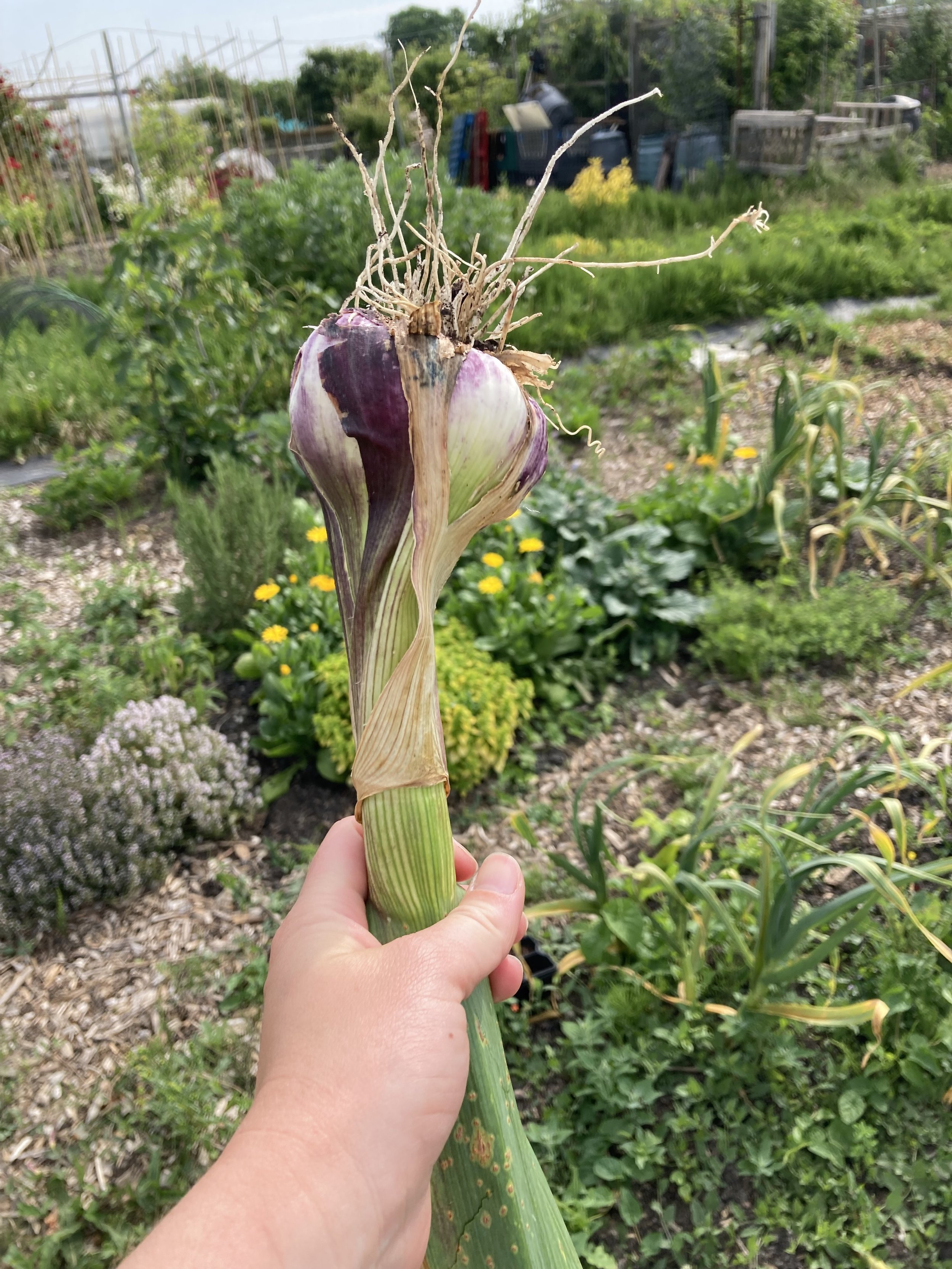



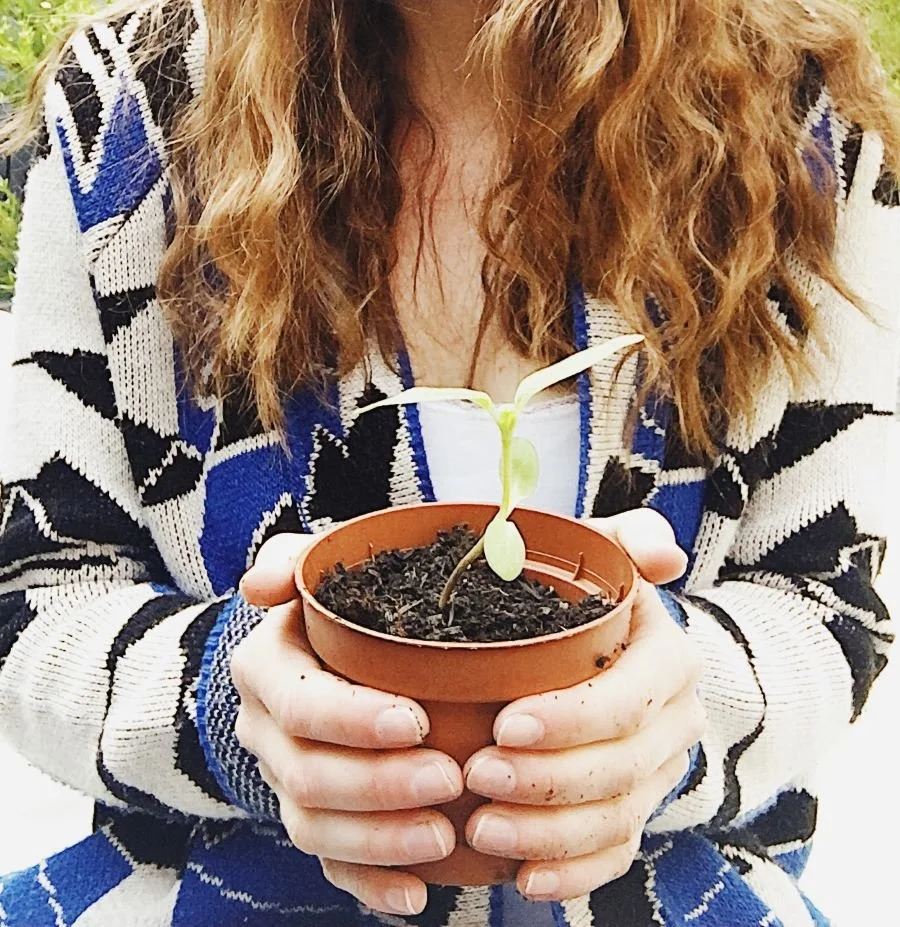









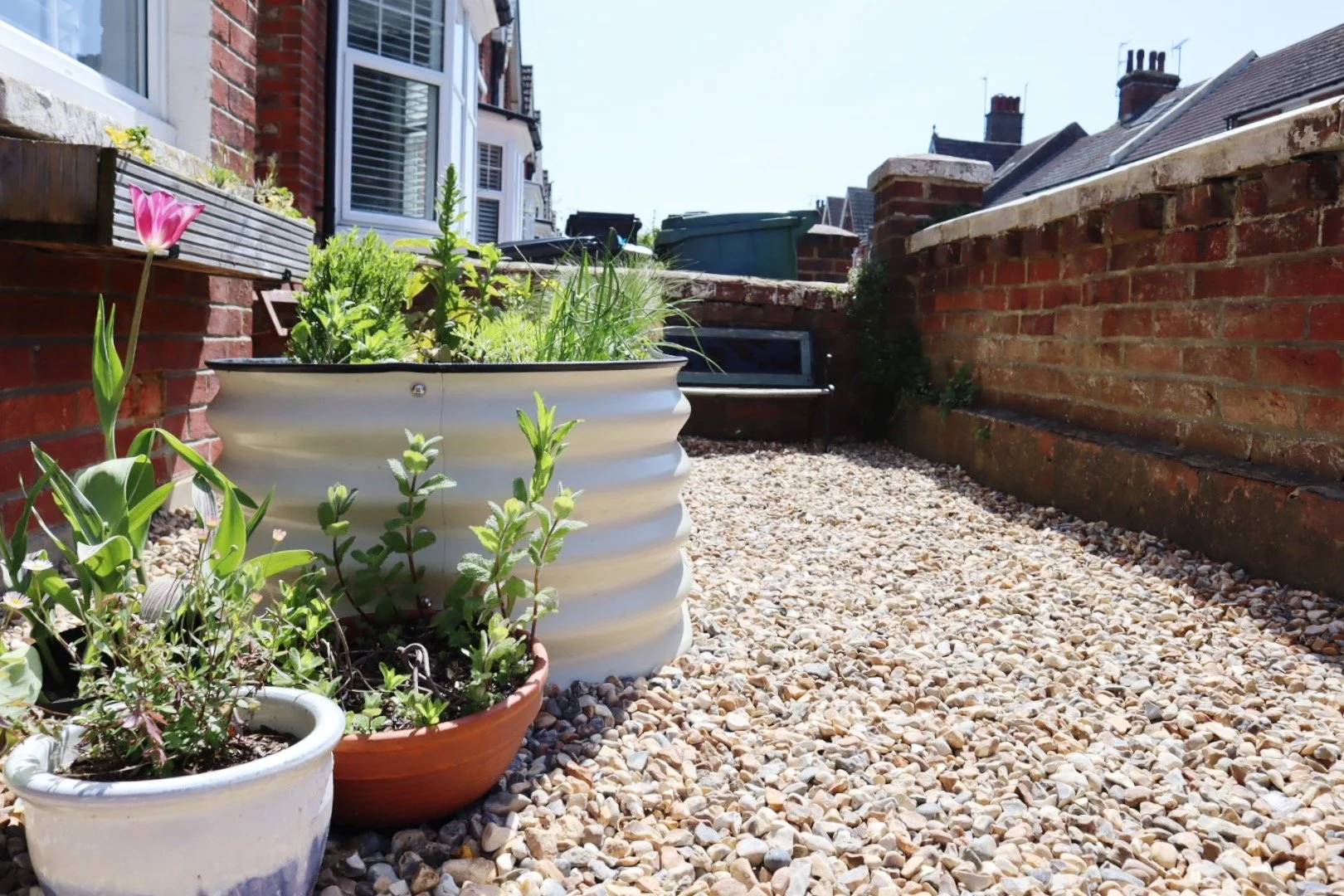


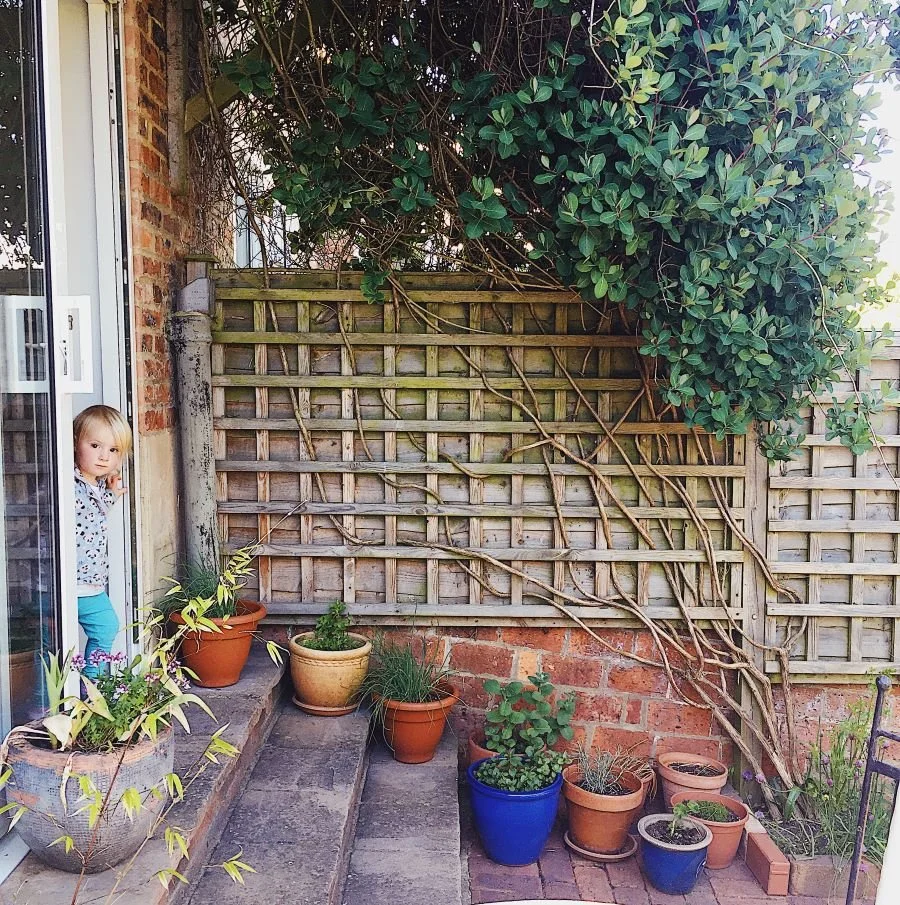


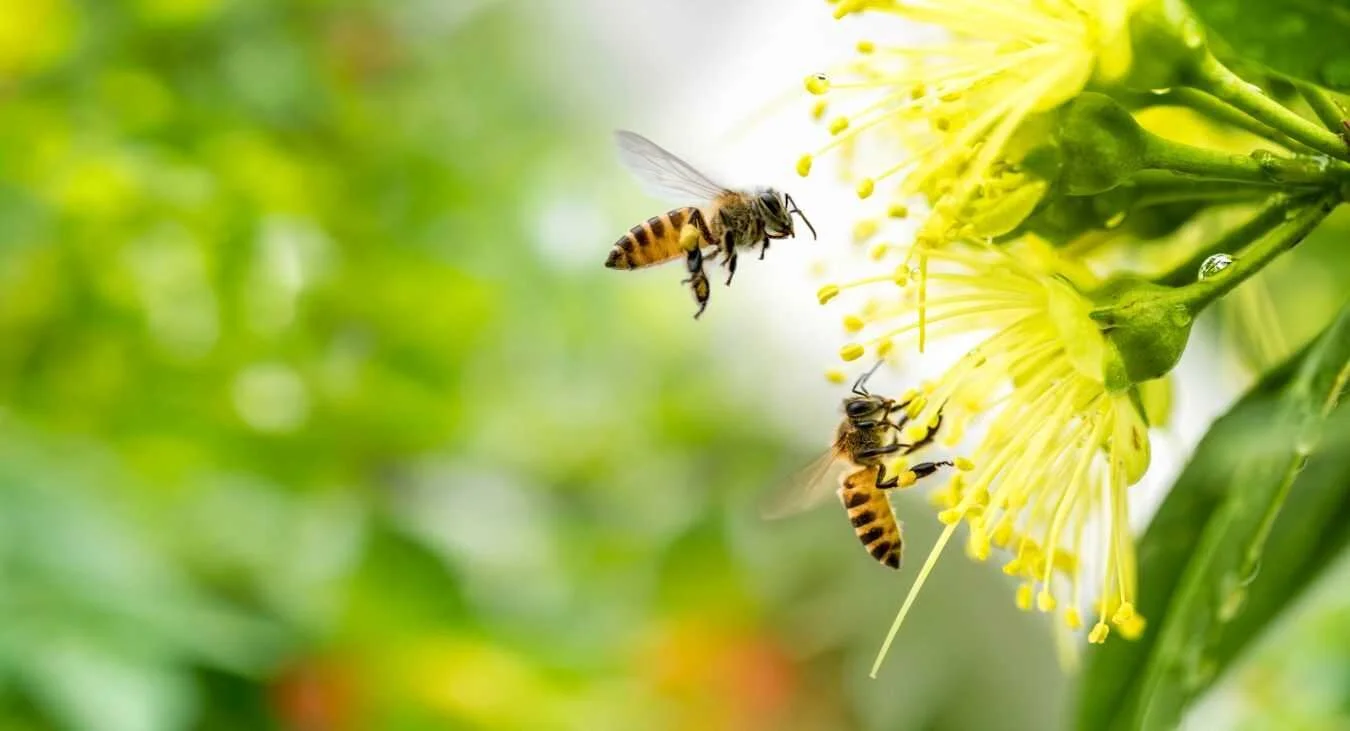

Growing garlic organically on a no dig allotment. The best and easiest way to grow garlic.